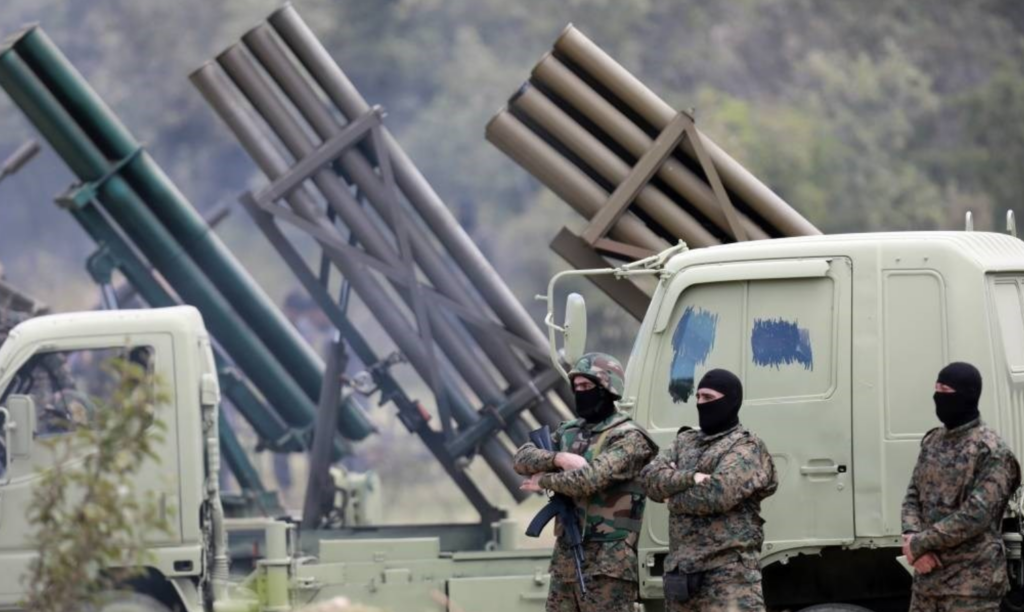On October 1, 2024, Israel initiated a ground invasion into southern Lebanon, escalating the long-standing conflict with Hezbollah significantly. This military action, following a series of aggressive strikes against Hezbollah in September, underscores a worrying trend of heightened tensions in the region that has been exacerbated since the October 2023 Hamas attack on Israel. Hezbollah, backed by Iran, has engaged in extensive cross-border skirmishes, with a staggering 1,900 recorded attacks from them, countered by over 8,300 retaliatory strikes from Israel. The humanitarian consequences are severe, with over 564 casualties reported in Lebanon and 52 in Israel, in addition to widespread displacement of civilians and extensive damage to infrastructure.
Israel’s stated objectives during this southern Lebanon invasion focus on dismantling Hezbollah’s military capabilities, particularly those that threaten northern Israeli communities. This operation has ignited memories of the 2006 Lebanon War, which left a deep and lasting impact on both Israeli and Lebanese societies. The assassination of Hezbollah’s leader, Hassan Nasrallah, in late September stirred a tactical shift within the group, forcing them into a more aggressive stance amidst a crumbling command structure. The urgency of their response indicates not just immediate military goals but also a deeper desire to retaliate against Israeli actions in Gaza, suggesting that both parties are bracing for a protracted conflict.
As Israeli forces confront staunch resistance during their ground invasion, the immediate effects on civilians in southern Lebanon are harrowing. Evacuation orders have been issued, and the effects of airstrikes are being felt in devastated residential neighborhoods. The Lebanese Armed Forces have effectively retreated from border control, allowing Hezbollah to fill the ensuing vacuum, which raises fears among international observers of creating conditions ripe for a larger military engagement. Significant humanitarian crises loom on the horizon, further endangering fragile living conditions in Lebanon and posing an increased risk of regional warfare that could engulf neighboring states.
Despite the urgency of the situation, diplomatic remedies have largely faltered, with international responses appearing more reactive than proactive. The potential for establishing a ceasefire remains slim, as global powers are divided on how to address the issue. Historical patterns indicate that reliance on military solutions to resolve deep-rooted grievances often leads to increased instability, a tendency that current leaders seem to neglect. This atmosphere of conflict and heightened military engagement threatens to spiral further out of control, with little indication of resolution.
In light of the escalating violence, the international community must prioritize meaningful dialogue to address the underlying issues fueling the Israel-Hezbollah conflict. Without dedicated efforts aimed at fostering peace, the trajectory appears dire, indicating future loss of lives and an enduring cycle of violence that could persist for years. The ongoing military actions highlight the pressing need for a solution that addresses the long-standing grievances of both sides rather than continuing the cycle of retribution and aggressive retaliation.
Central to this unfolding tragedy are the voices of civilians who endure the direct fallout of military actions. As articulated by columnist Bahauddin Foizee, the toll of conflict extends beyond statistics; it represents shattered lives and communities unnervingly destabilized. Their experiences call for empathy and advocacy for peace, nudging those in safer circumstances to support diplomacy over violence. As lives are irrevocably altered in the chaos of warfare, the collective call for an end to hostilities grows stronger, underscoring the urgent need for a resolution that prioritizes humanity and dignity above military objectives.

